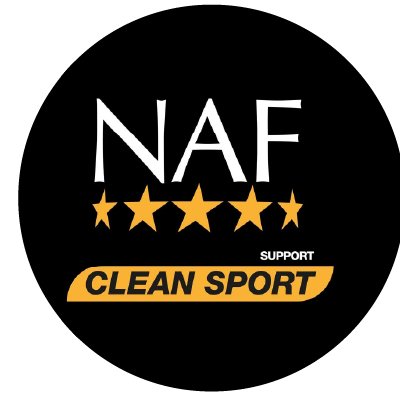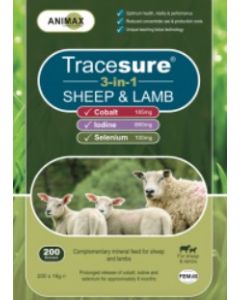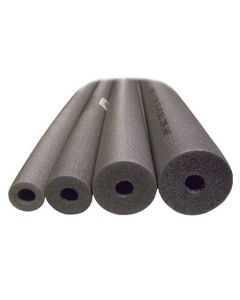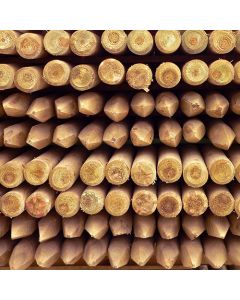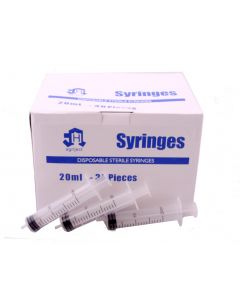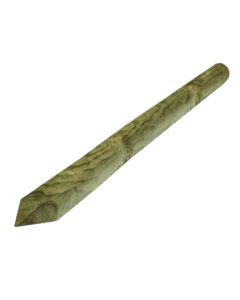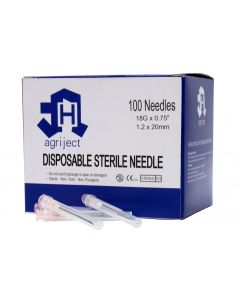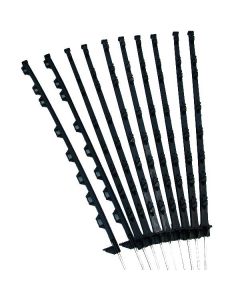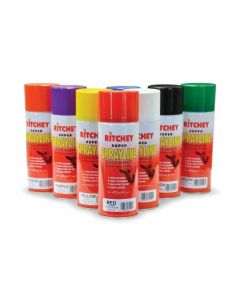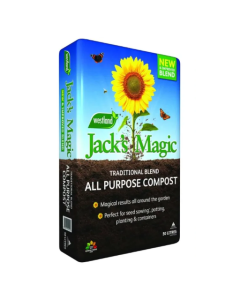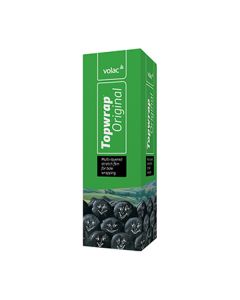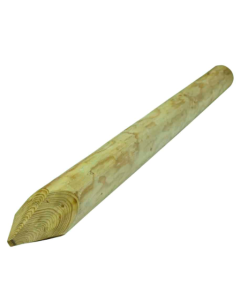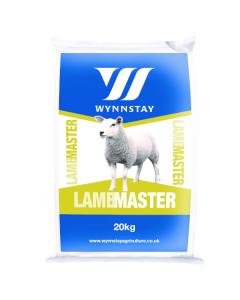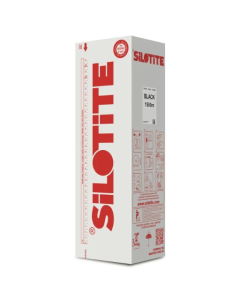Here comes summer, and with it the familiar cry of ‘Which fly spray do I use?’ Read our brief guide to know what is what when choosing fly repellents.
All fly repellents come under legal regulations. They must be registered and display a HSE number. This registration ensures you are using active ingredients proven to be both safe and effective, therefore look for the HSE number on repellents to ensure the product you choose is legal.
How does fly repellent spray work?
DEET (Di-ethyl-m-toluamide) is probably the best-known, and well-researched ingredient for fly repellents and the basis of NAF OFF DEET Power Performance products. Believed to work by simply confusing insects ‘odour receptors as well as creating an unappealing landing environment for insects, due to the receptors on their feet. Companies include ingredients at various ratios, it is important to understand these ratios and inclusion rates, with respect to both safety and efficacy. Generally, the higher the rate of DEET the more effective it will be. However, safe levels for use on horses, and in our environment, are capped, so avoid using DEET repellents designed for use on people, as these are likely to be too high for your horse.
Read more: 10 Top Tips for Effective Fly Control
Can I use products with Citronella Oil in?
Eucalyptus citriodora oil is a naturally derived oil with proven insect repellency and is the active ingredient in NAF OFF Extra Effect products. Much like DEET, Eucalyptus citriodora is thought to work by disrupting the insect’s odour receptors.
Citronella oil is traditionally used as an insect repellent, however, its legal status has never been established in terms of efficacy and safety, and therefore it cannot legally be sold as a repellent. This has led to confusion over the years, that maybe it is banned entirely or banned for competition use, but that is not the case. Citronella is still perfectly legal to use, both generally and under rules – it simply can’t be referred to as a fly repellent.
Can I create my own repellents?
The same applies to a number of other traditional essential oils, which sometimes leads to riders experimenting with homemade repellents, however, this is something we strongly advise against. Essential oils, in particular, can be very aggressive, causing severe reactions on some horses, dependent on both concentration rates and how they have been combined. Therefore, whether looking for a fly repellent, or an essential oil product for general care, it is best to trust the professionals and buy a commercial solution. However, we still advise a small 24hr patch test is carried out before general application of any new product, simply due to the unpredictable nature of allergies.
When you are next asked the question, “Have you got the fly spray?” whether you are going to a competition or simply riding at home, take into account what is in your fly spray and follow the advice on the packaging.
Top Tips for a Fly Free Zone
- Use only registered fly repellents, and follow the instructions on the packaging.
- Try swapping between active ingredients each day, as it’s known insects can effectively learn to ignore a repellent when only one is used.
- Flies love hot, sweaty horses – choose NAF OFF Citronella Wash after riding, to keep them cool, clean and fresh for turnout.
- Avoid fields with standing water like ponds, and for sensitive horses stable at peak times of the day, such as early evening.

